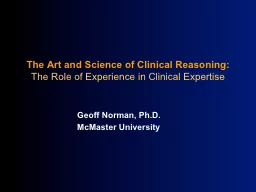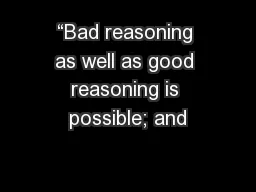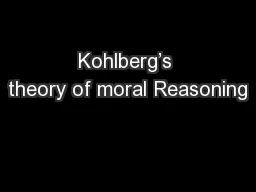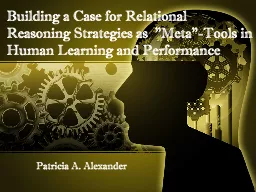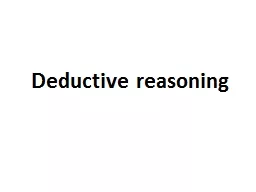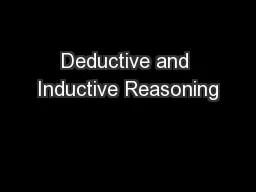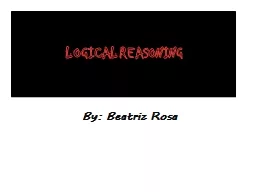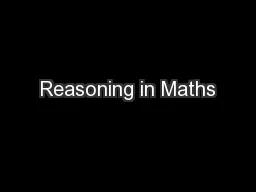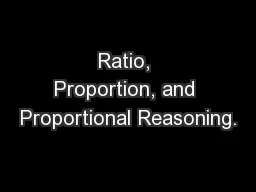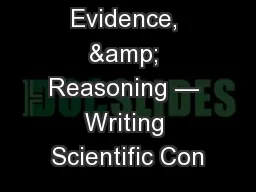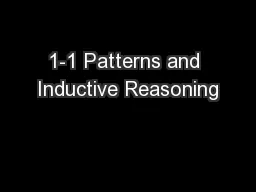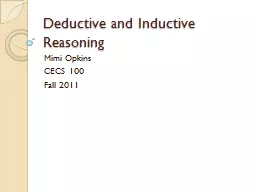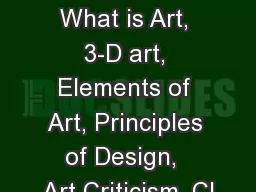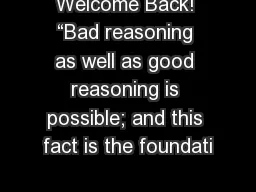PPT-The Art and Science of Clinical Reasoning:
Author : aaron | Published Date : 2017-04-10
The Role of Experience in Clinical Expertise Geoff Norman PhD McMaster University The Conundrum It takes about 10 years 10000 hours of deliberate practice to
Presentation Embed Code
Download Presentation
Download Presentation The PPT/PDF document "The Art and Science of Clinical Reasonin..." is the property of its rightful owner. Permission is granted to download and print the materials on this website for personal, non-commercial use only, and to display it on your personal computer provided you do not modify the materials and that you retain all copyright notices contained in the materials. By downloading content from our website, you accept the terms of this agreement.
The Art and Science of Clinical Reasoning:: Transcript
Download Rules Of Document
"The Art and Science of Clinical Reasoning:"The content belongs to its owner. You may download and print it for personal use, without modification, and keep all copyright notices. By downloading, you agree to these terms.
Related Documents

